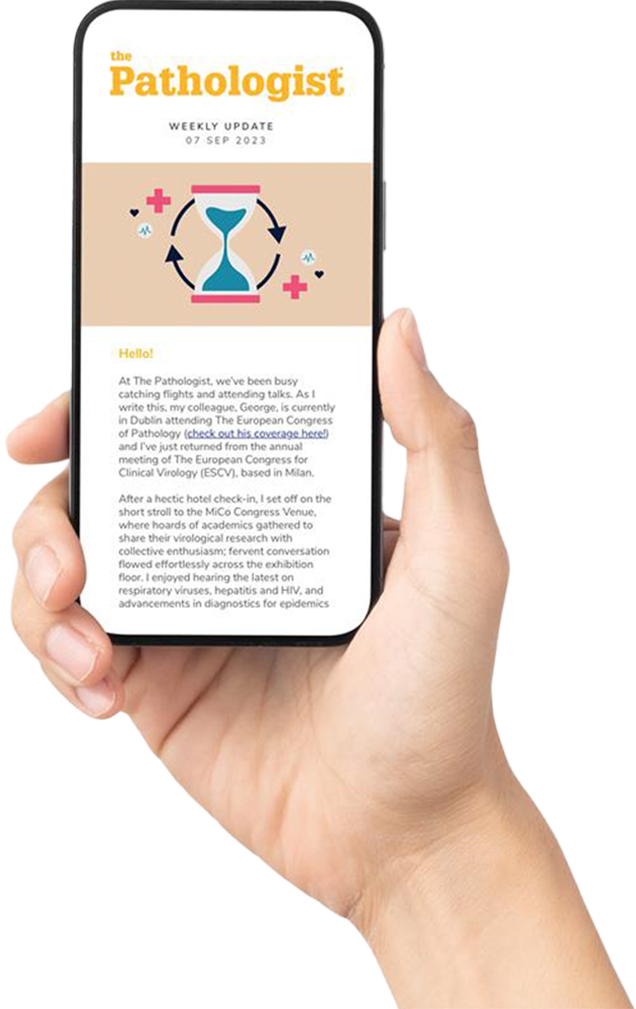Goal
To demonstrate the quantitative performance of the Thermo Scientific™ Exactive™ GC Orbitrap™ mass spectrometer for the analysis of GC-amenable pesticides and PCBs in grape and onion samples.
Introduction
The accurate and reliable determination of pesticide residues and polychlorinated biphenyls (PCBs) in food is challenging because of the large number of compounds and diversity of sample types involved. The sensitivity requirements for these compounds are also demanding. In the European Union (EU), the default maximum residue level (MRL) for thousands of pesticide-commodity combinations is set at 10 μg/kg.1-3 Further to this, stringent confirmation and quantitative performance criteria are set so that residue results are equivalent across member states.

The low levels of detection require MS instruments that provide high sensitivity and high selectivity as well as fragmentation for confirmation. For pesticides and PCBs, gas chromatography coupled to triple quadruple mass spectrometers (GC-MS/MS) have been the systems of choice. Although these systems can detect a wide range of compounds with the required sensitivity, selectivity, and precision, the scope is limited to the target compounds programmed into the acquisition method. In other words, the analyst has to select the compounds in advance. These targeted methods also require additional time to set up, as they often use selected reaction monitoring (SRM) transitions, which require constant attention to ensure that the acquisition windows remain viable for the compounds of interest and in the matrices assessed. The coupling of high-resolution Orbitrap mass spectrometry with gas chromatography is a valuable alternative to triple quadrupole techniques but with additional analytical advantages.4–8 With high-resolution, accurate-mass (HRAM) mass spectrometry, the default acquisition mode is untargeted (full-scan) meaning that all the ions are acquired with high selectivity at the same time across a specified mass range, making the acquisition simple to manage and giving the analyst the flexibility to decide which pesticides to search for and to quantify. This can extend into retrospective analysis to evaluate the presence of other compounds not necessarily of interest at the time of acquisition.In this study, the quantitative performance of the Thermo Scientific Exactive GC Orbitrap mass spectrometer was demonstrated for the analysis of GC-amenable pesticides and PCBs in grape and onion samples. The identification performance to regulatory standards is covered in previous work.4–8 The primary focus was on the quantitative performance of the Exactive GC-MS system including system sensitivity, linearity in terms of correlation coefficient and average response factors, precision, and accuracy of measurement.





